Instruction
Trying to clear your hips could be hurting your golf swing
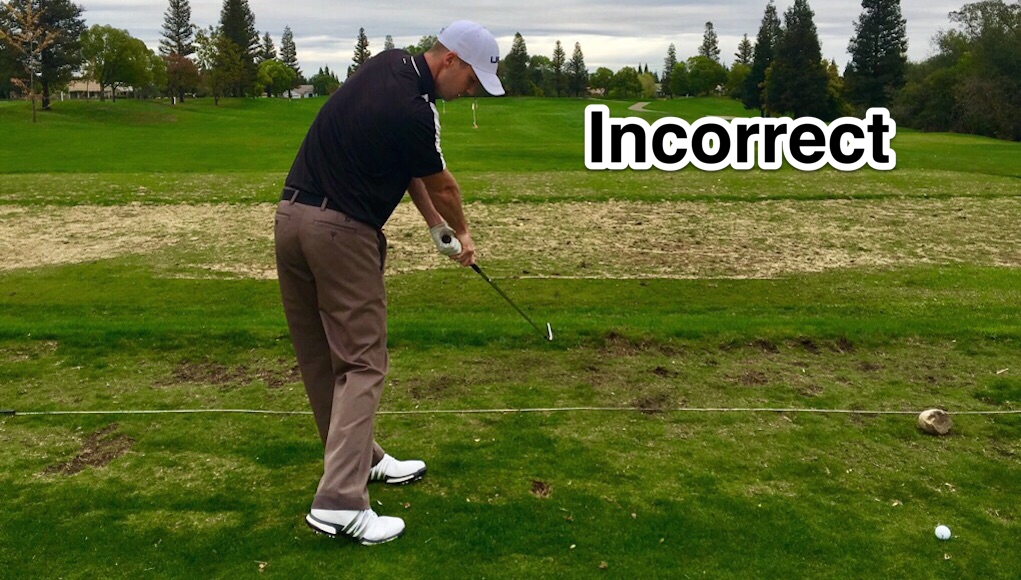
As most golfers know, the downswing starts from the ground up. The proper kinematic sequence is as follows: the hips move left and open up to the target, followed by the torso, then the arms and finally the club. Slow-motion video and modern technology has shown us this.
Despite the knowledge of the proper kinematic sequence, however, players are better off practicing the start of their downswing a different way. They should strive to keep their hips closed (relative to the target), let their arms swing down and only then allow their hips to clear as the arms swing through.
“Why,” you’re probably asking?
In my experience, golfers who consciously try to get their hips open at impact by aggressively clearing them from the start can create timing issues… and the dreaded two-way miss. Yes, for maximum speed, golfers still need to hit shots using their hips, but they need to make sure they use them at the correct time.
When golfers stay more closed off with their hips and upper body in the start of the downswing, their lower body will bump left toward the target and their club shaft will shallow out as their arms transition down. This is a key move for delivering an inside, powerful path to the golf ball. Once in this closed position, you can then hit the ball with the right side of your body as hard as you want, producing maximum power and speed. This will also keep the clubhead square to the body through the shot as your right side rotates around your left side; a major key for consistency.
When we add speed to the swing, centrifugal force will take over if you allow it, and our hips and body will naturally clear as we swing our arms. The downswing does not need to be a consciously controlled movement, rather an instinctive move toward the target. The majority of amateurs are way too active with their bodies, especially their hips, and they don’t often realize it until they see it on film.
Amateurs often get in trouble when they try to re-create still images that were taken at full speed from tour players; for example, open hips at impact. This gives players and even instructors the idea that these images should be taught. When I walk up and down driving ranges, I constantly see players rehearsing their downswing trying to get their hips open as possible at impact or clearing them as fast as they can early in their swing. This is a false sense of power and is not necessary if our body angles and backswing sequence are correct.
Watch PGA Tour players’ rehearsals and practice swings before their shot. Notice the sequence: they swing their arms and hips, never aggressively trying to clear their hips early.
In the video below you’ll see practice swings of Henrik Stenson and Patrick Reed. Do you see them aggressively trying to clear their hips?
Clearing your hips early can cause several faults. Some players will come “over the top,” as clearing early can cause your upper body to open early, pushing your arms out from your body, producing an out-to-in swing path and the dreaded slice. Better players who clear early can still manage to stay closed off with their upper body and shallow out the shaft, but they then have to square the clubface with their hands and will become “handsy” at impact, or the club will get stuck behind them.
My favorite drill to combat clearing early and to get the proper feeling of how your hips and body move on the downswing.
- Take your normal stance when addressing the ball.
- Drop your right foot back behind your left (if you’re right-handed).
- Swing from this position.
This will give you the feeling of being closed off with your lower body. To golfers with over-active hips, this will feel like more of an arms swing, but they will still notice their hips have rotated.
Once you have the feeling of the correct downswing timing, you will instantly notice how much more effortless your swing feels. Better timing and fewer moving parts equals better ball striking and a swing that is much easier on your body.
- LIKE405
- LEGIT69
- WOW29
- LOL10
- IDHT3
- FLOP6
- OB6
- SHANK60
Instruction
Clement: Stop ripping off your swing with this drill!

Not the dreaded headcover under the armpit drill! As if your body is defective and can’t function by itself! Have you seen how incredible the human machine is with all the incredible feats of agility all kinds of athletes are accomplishing? You think your body is so defective (the good Lord is laughing his head off at you) that it needs a headcover tucked under the armpit so you can swing like T-Rex?
- LIKE0
- LEGIT0
- WOW1
- LOL0
- IDHT0
- FLOP0
- OB0
- SHANK2
Instruction
How a towel can fix your golf swing
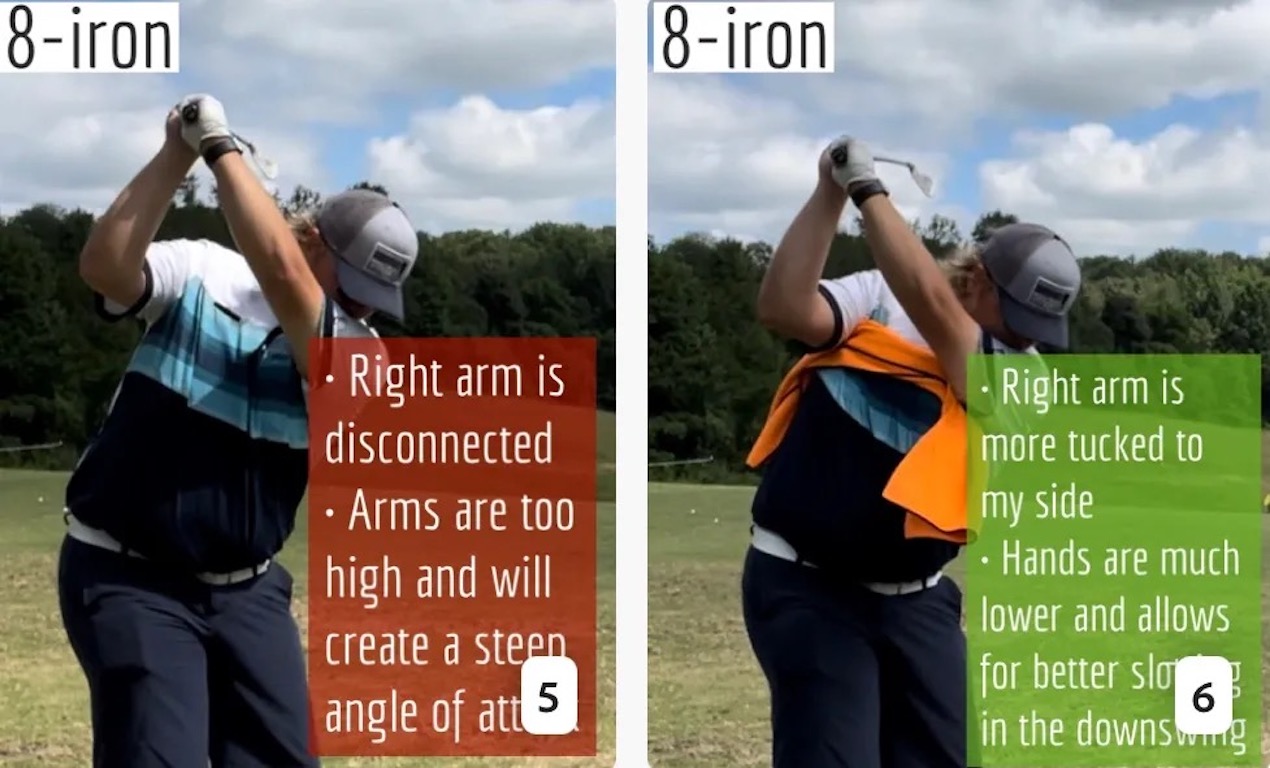
This is a classic drill that has been used for decades. However, the world of marketed training aids has grown so much during that time that this simple practice has been virtually forgotten. Because why teach people how to play golf using everyday items when you can create and sell a product that reinforces the same thing? Nevertheless, I am here to give you helpful advice without running to the nearest Edwin Watts or adding something to your Amazon cart.
For the “scoring clubs,” having a solid connection between the arms and body during the swing, especially through impact, is paramount to creating long-lasting consistency. And keeping that connection throughout the swing helps rotate the shoulders more to generate more power to help you hit it farther. So, how does this drill work, and what will your game benefit from it? Well, let’s get into it.
Setup
You can use this for basic chip shots up to complete swings. I use this with every club in my bag, up to a 9 or 8-iron. It’s natural to create incrementally more separation between the arms and body as you progress up the set. So doing this with a high iron or a wood is not recommended.
While you set up to hit a ball, simply tuck the towel underneath both armpits. The length of the towel will determine how tight it will be across your chest but don’t make it so loose that it gets in the way of your vision. After both sides are tucked, make some focused swings, keeping both arms firmly connected to the body during the backswing and follow through. (Note: It’s normal to lose connection on your lead arm during your finishing pose.) When you’re ready, put a ball in the way of those swings and get to work.
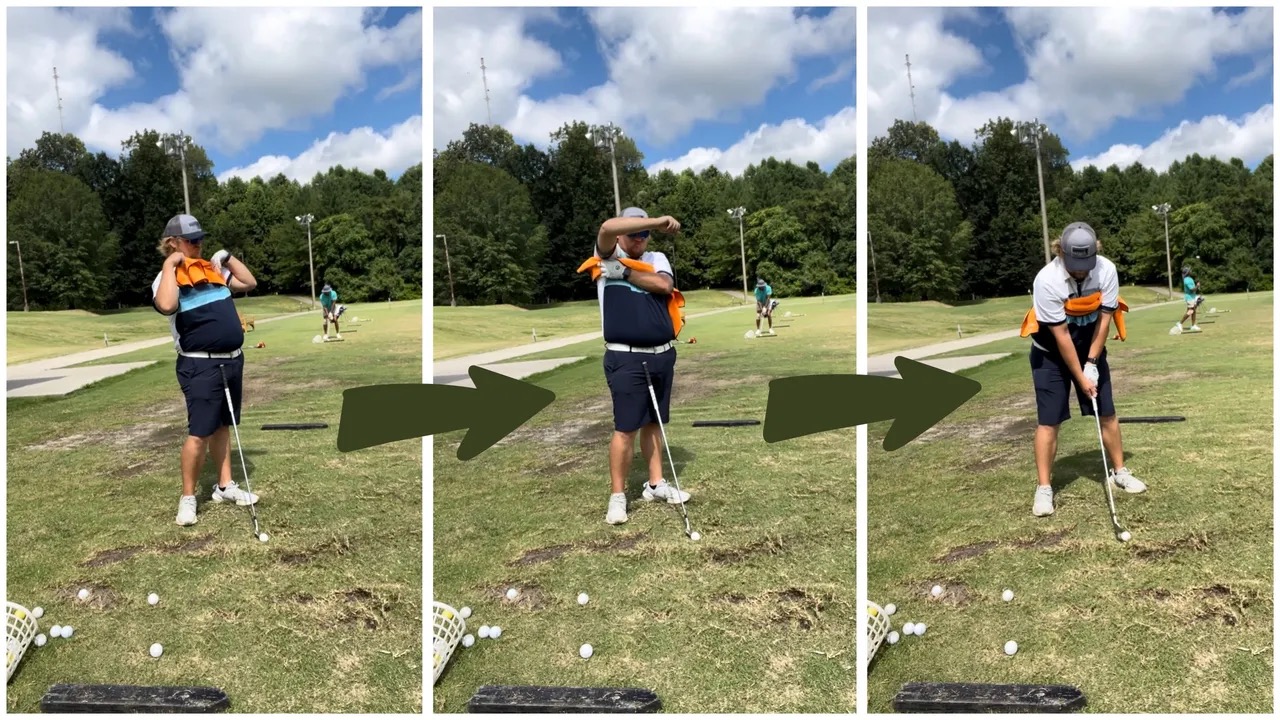
Get a Better Shoulder Turn
Many of us struggle to have proper shoulder rotation in our golf swing, especially during long layoffs. Making a swing that is all arms and no shoulders is a surefire way to have less control with wedges and less distance with full swings. Notice how I can get in a similar-looking position in both 60° wedge photos. However, one is weak and uncontrollable, while the other is strong and connected. One allows me to use my larger muscles to create my swing, and one doesn’t. The follow-through is another critical point where having a good connection, as well as solid shoulder rotation, is a must. This drill is great for those who tend to have a “chicken wing” form in their lead arm, which happens when it becomes separated from the body through impact.
In full swings, getting your shoulders to rotate in your golf swing is a great way to reinforce proper weight distribution. If your swing is all arms, it’s much harder to get your weight to naturally shift to the inside part of your trail foot in the backswing. Sure, you could make the mistake of “sliding” to get weight on your back foot, but that doesn’t fix the issue. You must turn into your trial leg to generate power. Additionally, look at the difference in separation between my hands and my head in the 8-iron examples. The green picture has more separation and has my hands lower. This will help me lessen my angle of attack and make it easier to hit the inside part of the golf ball, rather than the over-the-top move that the other picture produces.
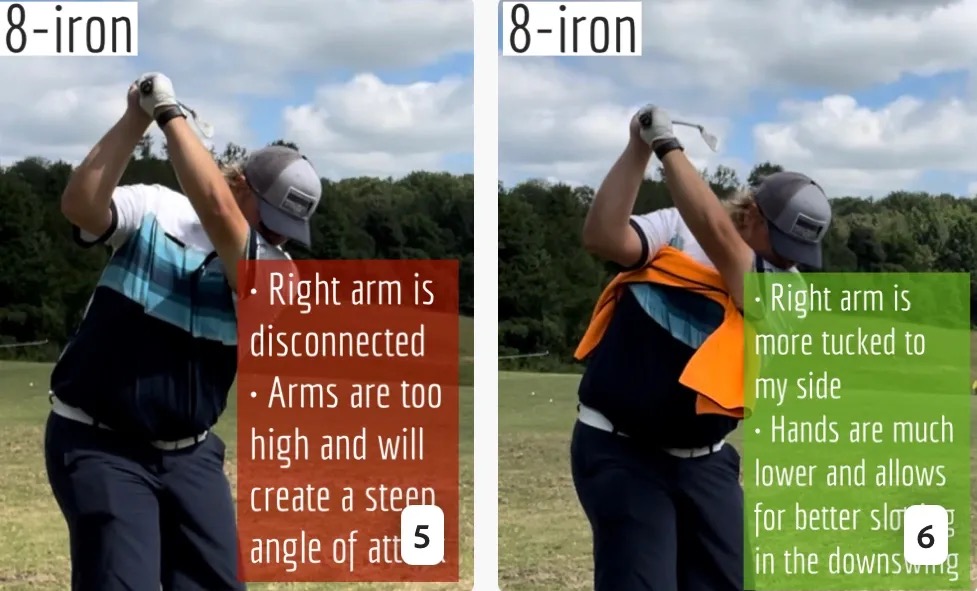
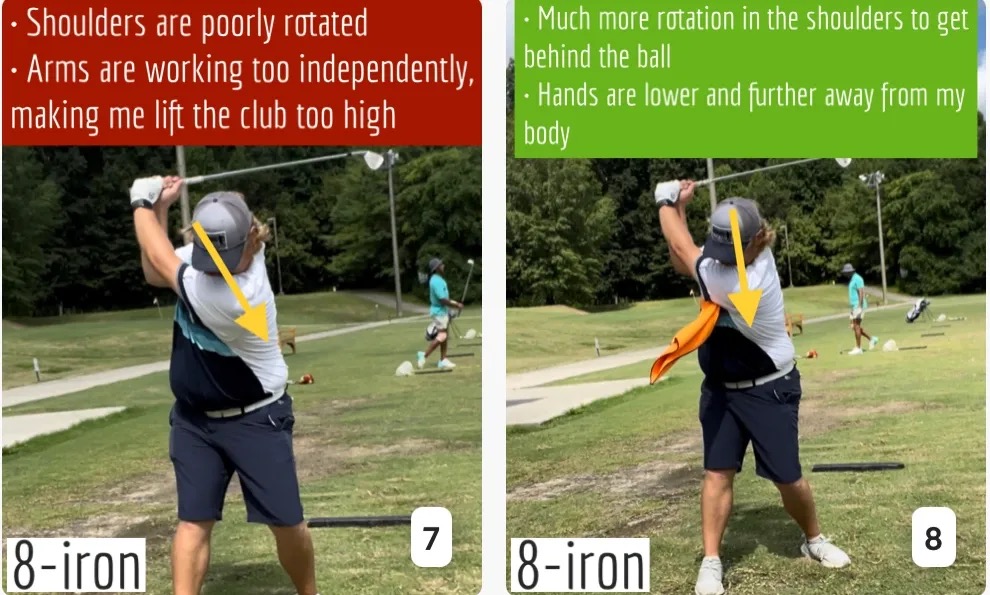
Stay Better Connected in the Backswing
When you don’t keep everything in your upper body working as one, getting to a good spot at the top of your swing is very hard to do. It would take impeccable timing along with great hand-eye coordination to hit quality shots with any sort of regularity if the arms are working separately from the body.
Notice in the red pictures of both my 60-degree wedge and 8-iron how high my hands are and the fact you can clearly see my shoulder through the gap in my arms. That has happened because the right arm, just above my elbow, has become totally disconnected from my body. That separation causes me to lift my hands as well as lose some of the extension in my left arm. This has been corrected in the green pictures by using this drill to reinforce that connection. It will also make you focus on keeping the lead arm close to your body as well. Because the moment either one loses that relationship, the towel falls.
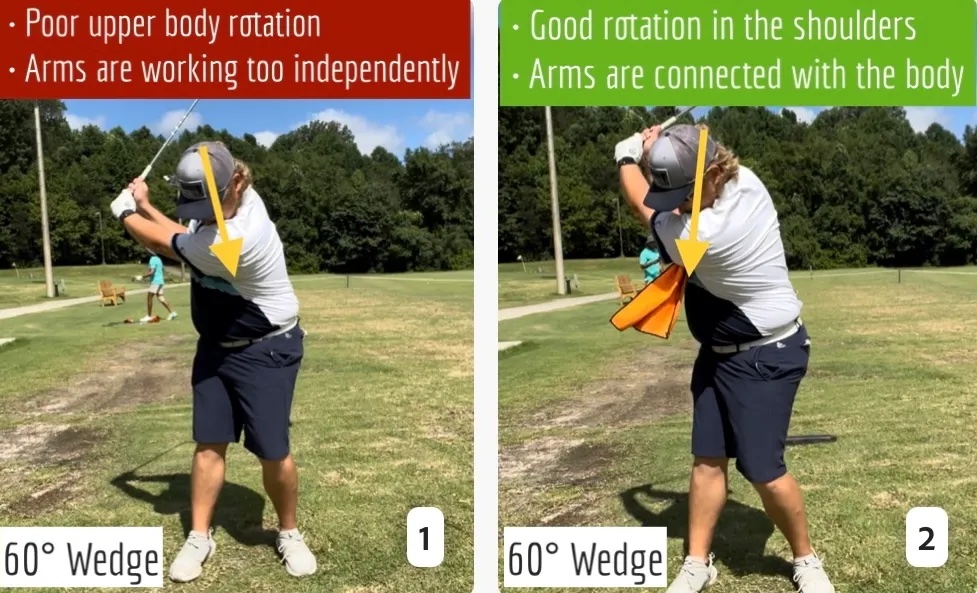
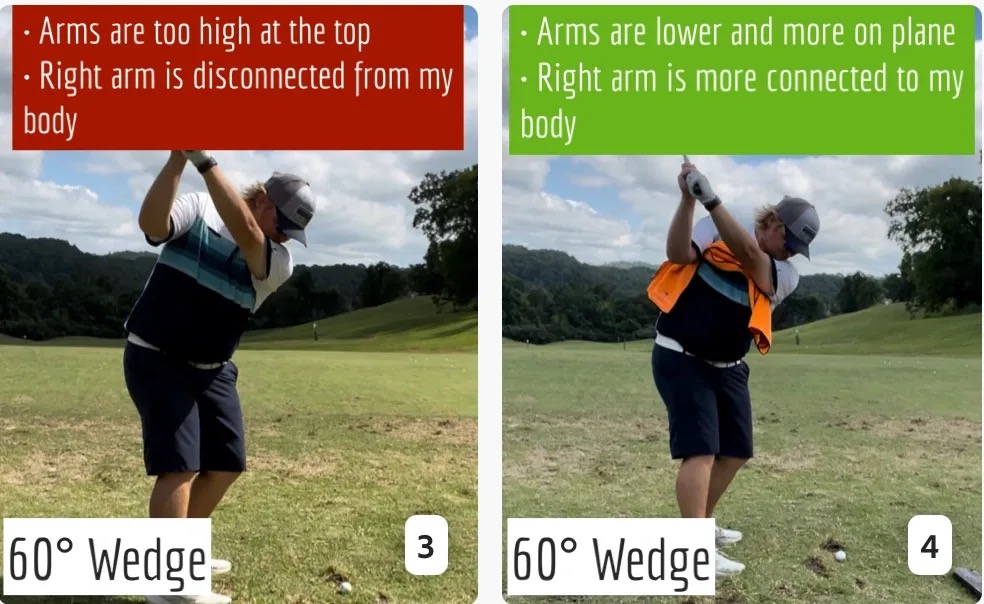
Conclusion
I have been diligent this year in finding a few drills that target some of the issues that plague my golf game; either by simply forgetting fundamental things or by coming to terms with the faults that have bitten me my whole career. I have found that having a few drills to fall back on to reinforce certain feelings helps me find my game a little easier, and the “towel drill” is most definitely one of them.
- LIKE11
- LEGIT1
- WOW2
- LOL0
- IDHT0
- FLOP2
- OB0
- SHANK8
Instruction
Clement: Why your practice swing never sucks
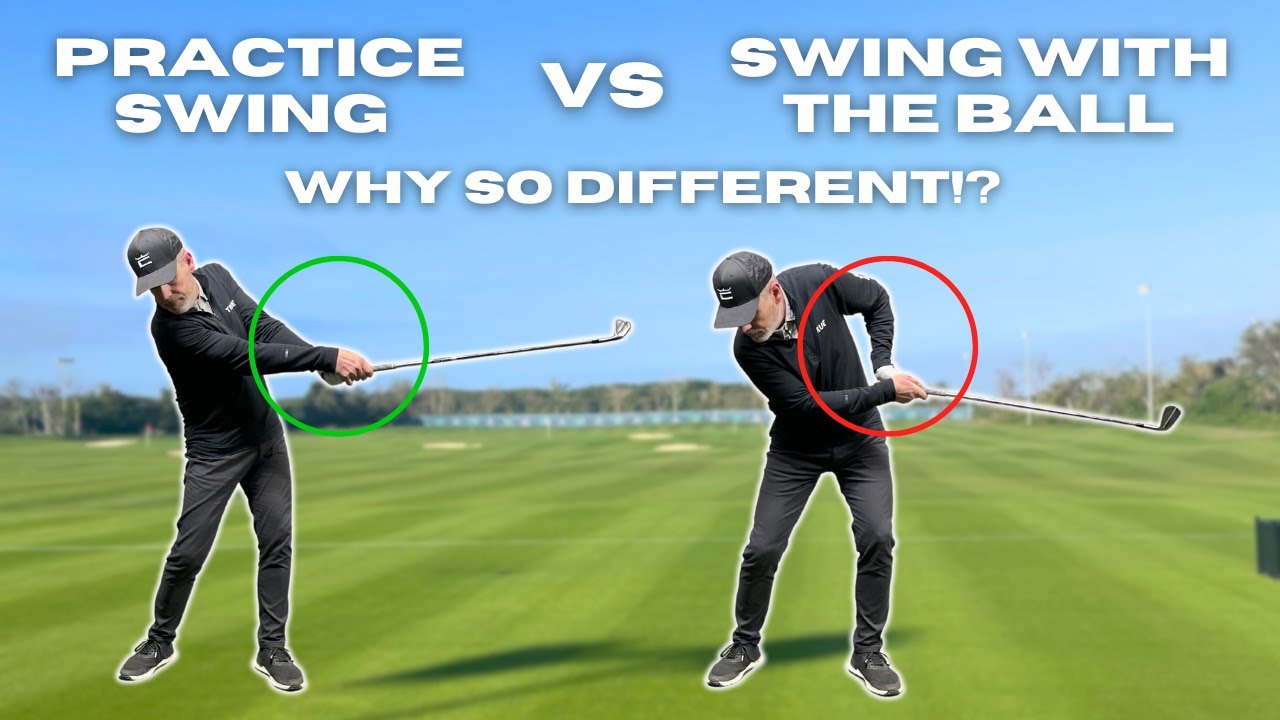
You hear that one all the time; I wish I could put my practice swing on the ball! We explain the huge importance of what to focus on to allow the ball to be perfectly in the way of your practice swing. Enjoy!
- LIKE0
- LEGIT0
- WOW0
- LOL0
- IDHT0
- FLOP0
- OB0
- SHANK2
-
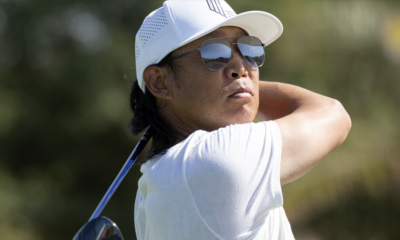
 19th Hole3 weeks ago
19th Hole3 weeks agoTour pro calls Anthony Kim a ‘f*****g idiot’ following Instagram comeback post
-
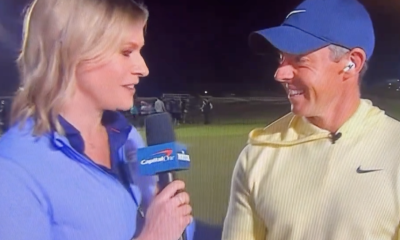
 19th Hole3 weeks ago
19th Hole3 weeks agoThis Rory McIlroy post-round ‘The Match’ moment is going viral…but all is likely not what it seems
-

 Whats in the Bag3 weeks ago
Whats in the Bag3 weeks agoAnthony Kim WITB 2024 (February)
-
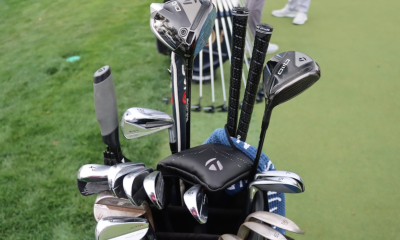
 Whats in the Bag2 weeks ago
Whats in the Bag2 weeks agoScottie Scheffler WITB 2024 (March)
-
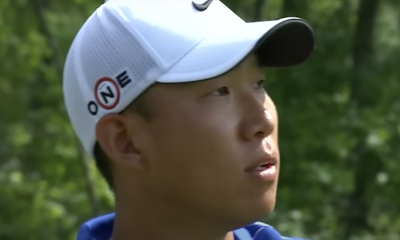
 19th Hole3 weeks ago
19th Hole3 weeks agoAnthony Kim’s speculated LIV Golf sign-on fee may surprise you
-
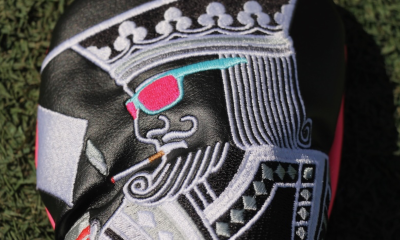
 Tour Photo Galleries2 weeks ago
Tour Photo Galleries2 weeks agoPhotos from the 2024 Arnold Palmer Invitational
-
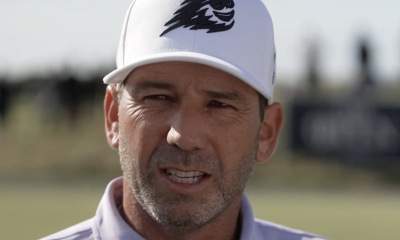
 19th Hole2 weeks ago
19th Hole2 weeks agoThe total sum that Sergio Garcia needs to pay in fines if he wants to return to DP World Tour revealed
-
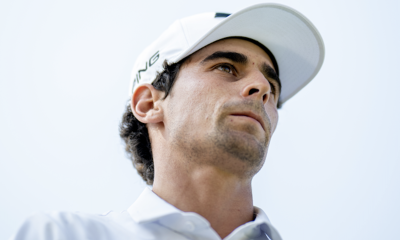
 19th Hole2 weeks ago
19th Hole2 weeks agoJoaquin Niemann names 3 PGA Tour events he’d love to play each year ‘in a perfect world’

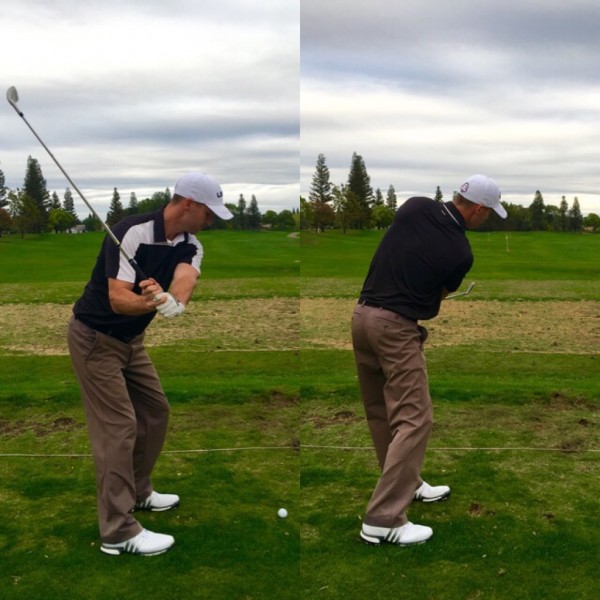
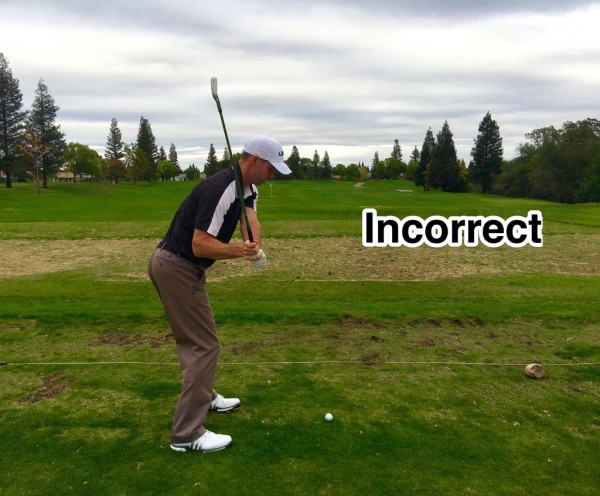
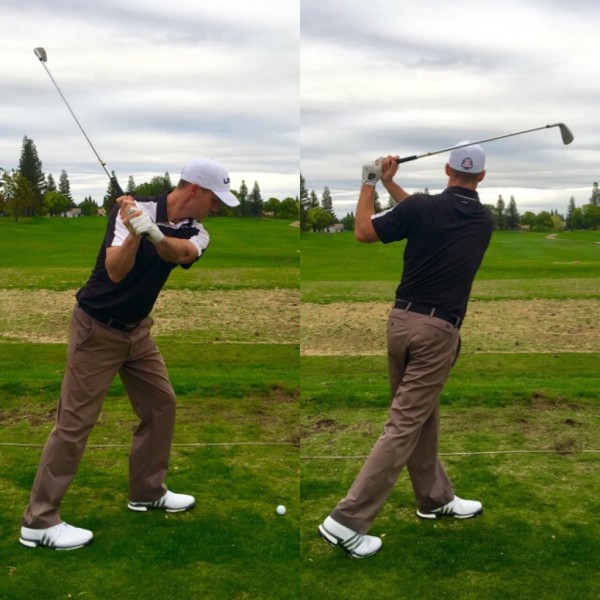








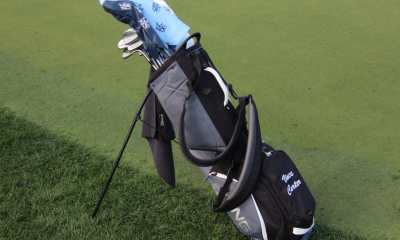

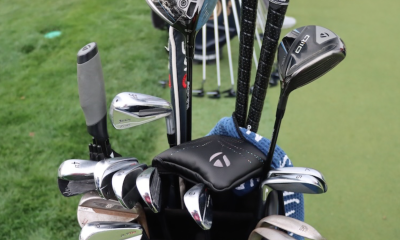

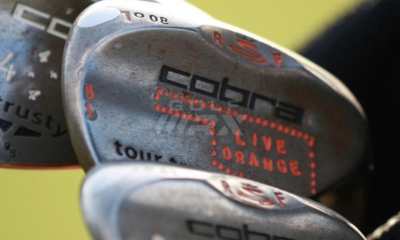

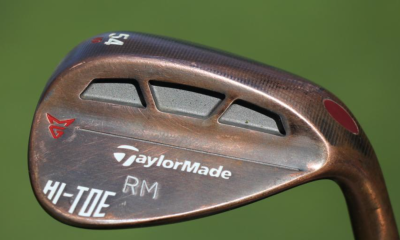

Grant
Jun 15, 2019 at 11:05 pm
Awesome article! Why is it that with holding my right hip back like your saying is really tough with the driver and 3wood? With the longer clubs it’s more difficult. I don’t have issues with the 4 iron at all. I shoot in the 70s so idk. Snaphook toe shots.
stephenf
Nov 4, 2016 at 1:38 pm
People will probably argue with you (a lot of them will be 15-handicappers who know everything about theory), but what you’re saying is time-tested and correct.
What all these people so wrapped up in “rotation” don’t understand is that it will happen more or less naturally if your path and plane are decent. Throwing yourself into big efforts at rotation usually results in the rotation forces (mainly the torso and hips) shoving the club around and destroying the swing and its path.
It’s also true that a big rotational move early in the downswing forces you to hold _back_ through impact if you’re going to save the shot at all. Which is to say that if you really want your hips and shoulders to “clear,” don’t do it early. Once the path gets outside and steep at the outset of the downswing, it’s all rescue from that point on, and usually not a successful one. That’s the kind of swing where everything just stops moving through impact.
I used to get people to toss a ball a few feet and then try to throw it 30 yards and 70 yards. Unless you’re just totally nonathletic, you’ll step into the throw and rotate more aggressively as a response to what you’re trying to do with the swing of your arm and the snap of your hand, whether it involves more force or less force.
You’re probably aware of people like Seymour Dunn, and after them people like Toski et al., who have repeated one of the best lines I’ve ever heard. I used it often when I was playing competitively and teaching: “Never confuse something that happens with something you have to try to do.”
Kelvin Kelley
Nov 15, 2016 at 1:53 am
Stephen, thanks for the comment
Mark
Oct 30, 2016 at 8:09 am
I read this article and then watched some golf. I can definitely see this in their swings.
I’ve always had a problem with over active hips (and right leg) at the start of the downswing.
This move fixed that!
First round doing this at University Ridge with aerated greens, shot a 70!
Several thumbs up on this one!
Kelvin Kelley
Nov 15, 2016 at 1:52 am
Great to hear Mark!
Sometimes a Smizzle
Oct 22, 2016 at 9:15 pm
I heard over on youtube that if you have fast hips, you have to feel like you start your swing with your hands. It worked for me. I rotate crazy hard and hit it pretty far. But i always hit a snap hook because my hands couldnt catch up and i would twist the club while trying to get it caught up. Fix: start the swing with the hands. I had slow motion vid of the two different swings i would post if my phone hadn’t been wiped recently ????
Double Mocha Man
Oct 21, 2016 at 10:10 am
Ya gotta love golf advice. Two days ago we had the boys telling us to clear our hips. Today we have Mr. Kelley telling us not to clear our hips. Sheesh, I’ll just buy an Iron Byron and take that onto the course to stand in for my golf game. Can Iron Byron putt?
Geo
Oct 21, 2016 at 9:41 am
I do this drill and it feels good. I try it with my normal swing after and I clear the hips early and i feel all the problems. Hard to get the feel from the drill. Is there a better maybe transition drill that might help?
Kelvin Kelley
Oct 22, 2016 at 12:36 am
Feel your hips stay closed off when you swing your arms down, the way the drill forces you to feel
Pingback: Trying to clear your hips could be hurting your golf swing | Swing Update
john
Oct 20, 2016 at 8:18 pm
interesting article.
if you slide forward with the hips bringing that club way on the inside can mean the player has to ‘flick’ their wrists at the ball to be able to make effective contact and not end up with the massive downward AoA that Henrik Stenson has – which in itself creates far more inconsistency. Turning through it is the only way to be consistent, you just need to separate the hips and shoulders properly and that is the issue you’re talking about here – not the need to slide forward and throw the club way on the inside and way behind you.
TR1PTIK
Oct 20, 2016 at 7:02 pm
I’ve struggled to grasp this concept, but the more I watch tour players closely the more I realize the truth of this.
During one of the last lessons I had this past season, my instructor told me to “feel” like I was starting down with hands and arms first and to stay over the ball as if I were trying to hit a “smother hook” (his words). When I got it right I could tell a noticeable difference in how the swing felt. It was considerably more effortless and we saw club speed jump by almost 4mph simply because my sequence was better.
My biggest problem now is getting this motion ingrained and firm up my wrists a little at the top. I have a tendency to cock the wrists too much and then release early. I have a 105~ ss on average, but could only muster about 1.43 (at best) smash factor leading to significant loss in distance. GREAT ARTICLE!
Kelvin Kelley
Oct 22, 2016 at 12:37 am
Glad you enjoyed it!
Pickle
Oct 20, 2016 at 5:19 pm
Great advice. I wish I had it 5 years ago. I spent 3 years trying to rotate my hips open faster so I could hit it farther. Went from a +4 to a 1. Opening hips too early caused all kinds of swing plane issues – steep, a bit over the top, and army’s. I’m slowly getting my old swing back. But it’s taken a long time and I do the Drill you mention every range session.
Kelvin Kelley
Oct 22, 2016 at 12:39 am
Pickle, good to hear this drill helps you!
Joe Burnett
Oct 20, 2016 at 5:00 pm
This article is exactly right. Many amateur golfers hear “get your hips through,” but they actually may be getting them through way too early. You have to have your lower body and upper body coinciding with each other perfectly.
This is why it’s important to get lessons from a professional and not one of your buddies!
Kelvin Kelley
Oct 22, 2016 at 12:38 am
Joe,
Thanks for the advice.
Ramrod
Oct 25, 2016 at 7:53 pm
‘You have to have your lower body and upper body coinciding with each other perfectly’.
No you don’t. As somebody said above, you need the upper and lower body to work INDEPENDENTLY. If you spin your hips and shoulders at the same time you’re coming way over the top, out to in, and all manner of other bad things.
Richard Grime
Oct 20, 2016 at 4:05 pm
I’m not too sure about this. I hit too far from the inside. Too narrow and lose posture in the downswing, clearing hard left brings me down on a more outside path but still not too steep. If I overdo it then start left hip diagonally right first then clear left.
Gonzo
Oct 20, 2016 at 10:49 pm
You are overthinking your hips. You are probably losing posture because you are not maintaining the flex in your rear leg. It’s probably straightening at some point which for most people not name Rory or Brooks doesn’t work. Article is exactly right, you cannot actively think about turning or bumping your hips in a fraction of a second it takes to make your downswing.